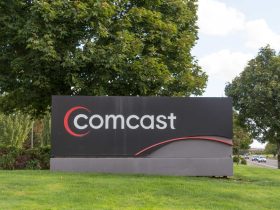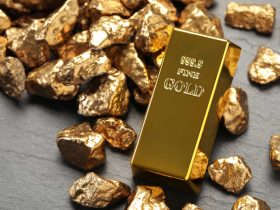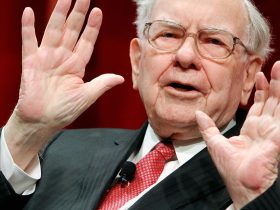No one wants to hear the word “fat.” But put it together with “profit margins” and it doesn’t sound bad.
Once a year, I feature in this column some stocks that boast unusually large profit margins. These can be a sign that a company has a unique product or is significantly ahead of its competitors.
My five picks from a year ago fared well. They were up 32.9%, compared to 17.0% for the Standard & Poor’s 500 Total Return Index.
Applied Materials
AMAT
BIIB
CSCO
COP
TXN
Bear in mind that my column results are hypothetical and shouldn’t be confused with results I obtain for clients. Also, past performance doesn’t predict the future.
Here are five new stocks that can flaunt wide profit margins and that I think are good buys at present.
EOG Resources
EOG
EOG
EOG Resources, based in Houston, is an oil and gas producer, working mostly in shale formations. The initials EOG stand for Enron Oil and Gas Co. It used to be part of Enron, the evil energy empire that went bankrupt amid an accounting scandal almost a quarter-century ago.
EOG’s operating profit margin (profit as a percent of sales, before taxes) has been running at 42%, and its net margin (after taxes) was recently 34%. The stock appears to me to be a bargain, selling for nine times earnings.
Livent
Livent (LTHM), with headquarters in Philadelphia, mines lithium in Argentina and processes it in the U.S. and China. This lightweight metal is in demand because it’s a key component of batteries for electric cars.
Livent is a mid-sized stocks, with a market value of $3.9 billion. Its operating margin is 50% and its net margin is 38%. Customers include Tesla
TSLA
GM
The big risk, as I see it, is that someone will develop a different kind of battery that doesn’t required lithium. I view that risk as acceptable, however, and I like the stock at its current price of around $22, which is 12 times earnings.
Snap-on
SNA
SNA
From Kenosha, Wisconsin, comes Snap-on, a leading provider of tools to gas stations and auto repair shops. It uses a franchise model: The franchisees purchase mobile vans and inventory, and then sell the tools to end users.
Snap-on has shown a profit in 29 of the past 30 years. Its operating margin is 27%, and the net margin is 21%.
When I recommended Snap-on previously, a reader objected that electric cars have fewer parts than gasoline-fueled cars, and therefore will require fewer tools. Maybe, but I figure that in the next five years mechanics will have to have both types.
Utah Medical
Utah Medical Products (UTMD), based in Midvale, Utah, makes disposable hospital instruments. Its operating margin was recently 36%, and net margin 33%.
While consistently profitable, the company hasn’t shown much growth. Revenue has increased at only a 2.5% annual pace for the past decade, and only 2.1% last year. But what consistency! Utah Medical has shown a profit in each of the past 30 years.
And it has only a speck of debt. It has $268 in cash for every dollar of debt. The stock fetches 19 times earnings.
CF Industries
Weighing in at only seven times earnings is CF Industries Holdings
CF
Fertilizer prices are high because the cost of natural gas (needed to make ammonia, a key fertilizer ingredient) has done up, and because the Ukraine was has taken supply off the market. You might think higher prices are a good thing, but farmers have cut way back on fertilizer purchases.
Nonetheless, CF has an operating margin of 41% and a net margin of 27%. The stock sells for seven times recent earnings, so I like the risk/reward equation.
Past Record
This is the 14th column I’ve written about stocks with fat profit margins. The average one-year return for the previous columns in this series has been 19.4%, compared to 15.0% for the Standard & Poor’s 500 Index over the same periods. Nine out of 13 sets of recommendations showed a profit, but only four (including last year’s) beat the index.
Disclosure: I own Snap-on and Texas Instruments personally and for most of my clients. A few of my clients own Applied Materials and one owns ConocoPhillips. My wife and colleague Katharine Davidge owns EOG personally and for several of her clients.
Read the full article here













Leave a Reply